Fantasia 2020, Part XLIII: Fried Barry
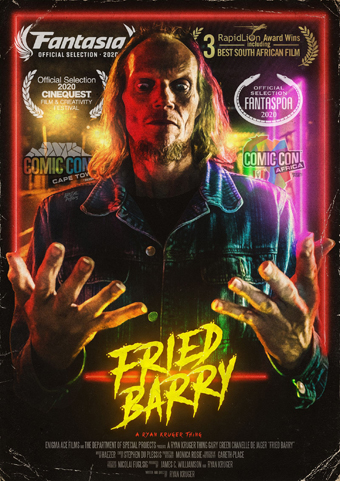 My final film of Fantasia 2020 promised to be weird, and therefore the perfect way to wind down the festival. It was a take on a particular sub-genre of science fiction film: the alien visitor walking among us. The Day The Earth Stood Still, The Man Who Fell to Earth, Starman, E.T., technically I suppose Superman — all stories about a lone extraterrestrial on Earth dealing with humans. It’s a story form that lends itself to reflection on what it means to be human. But just because a form points in a certain direction doesn’t mean every instance of that form will be concerned with grand themes.
My final film of Fantasia 2020 promised to be weird, and therefore the perfect way to wind down the festival. It was a take on a particular sub-genre of science fiction film: the alien visitor walking among us. The Day The Earth Stood Still, The Man Who Fell to Earth, Starman, E.T., technically I suppose Superman — all stories about a lone extraterrestrial on Earth dealing with humans. It’s a story form that lends itself to reflection on what it means to be human. But just because a form points in a certain direction doesn’t mean every instance of that form will be concerned with grand themes.
Consider Fried Barry, the debut feature from Ryan Kruger. It follows Barry (Gary Green), an abusive drug dealer in Cape Town who’s abducted by aliens and has an inhuman intelligence planted into his body. Returned to Earth, the alien in Barry’s form wanders about learning of human ways. These ways include, in no particular order, drug use, prostitution, sex, violence, fatherhood, and stranger things.
And that’s more or less the movie. There isn’t much plot beyond loose connections from one escapade to the next. Barry, or the alien inhabiting Barry, doesn’t develop much — the alien’s not established as a character to start with, so it’s impossible to see how the creature changes through the course of the story. Supporting human characters, notably Barry’s wife Suz (Chanelle de Jager) get to develop a little but not really enough to give the tale any kind of centre.
For better or worse, this is a picaresque journey through the bad side of town and of humanity. It’s entertaining, as far as that goes, and unpredictable. There’s a convincing grittiness to the city Barry-the-alien explores, not so much a realism as a reality consistently distorted yet recognisable. The underbelly of Cape Town is believable, at least for the sake of the film, in part because it’s inhabited by cartoons. This is a story about a hapless and mute protagonist falling into one damn thing after another, and not obviously learning from it; so the quality of the scrapes the alien gets into is key to the story, and in that respect the movie doesn’t disappoint. It may or may not be enough for any given viewer, but it’s a film that has its own specific wavelength and will reward viewers tuned into that frequency.
I suspect there are good reasons why the film’s built the way it is. To start with, while Gary Green’s expressive and rubber-faced and a distinctive visual presence, he’s not a formally trained actor. He’s a long-time extra in South African films (so I have learned from an excellent question-and-answer panel with Kruger and producer James C. Williamson), and in 2017 was cast in a short film Kruger was making about a heroin addict freaking out after a hit. That 3-minute piece was titled “Fried Barry,” and drew such a strong reaction Kruger decided to expand it into a feature, designing a story around Green’s presence.
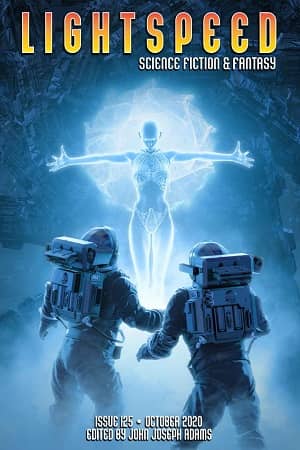
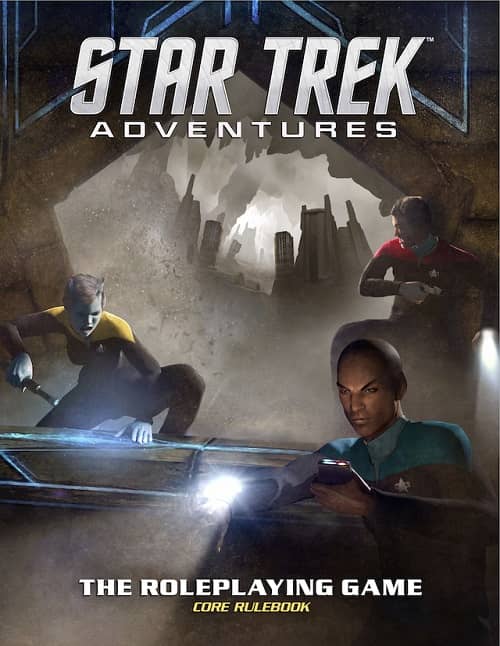
 In covering a film festival, one does not always select the films one sees out of a pure love of cinema. Or even love of genre. Scheduling plays a part, and sometimes delivers to you an unexpected delight. Fantasia 2020 had fewer happy accidents of scheduling due to its all-virtual nature, but as the festival’s final day wound down I found myself with just under three hours until all the movies would go offline — meaning I had time for the film I’d wanted to watch, plus an hour or very slightly more. Glancing over the schedule I found a movie I’d considered looking at which was listed at 61 minutes, and decided I should give it a shot.
In covering a film festival, one does not always select the films one sees out of a pure love of cinema. Or even love of genre. Scheduling plays a part, and sometimes delivers to you an unexpected delight. Fantasia 2020 had fewer happy accidents of scheduling due to its all-virtual nature, but as the festival’s final day wound down I found myself with just under three hours until all the movies would go offline — meaning I had time for the film I’d wanted to watch, plus an hour or very slightly more. Glancing over the schedule I found a movie I’d considered looking at which was listed at 61 minutes, and decided I should give it a shot.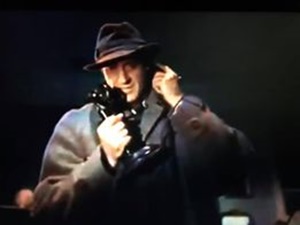
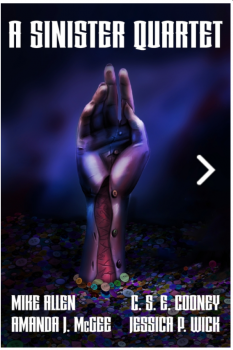 Ah, Horror in the time of Covid! It seems almost superfluous, like a feather boa on an ostrich.
Ah, Horror in the time of Covid! It seems almost superfluous, like a feather boa on an ostrich.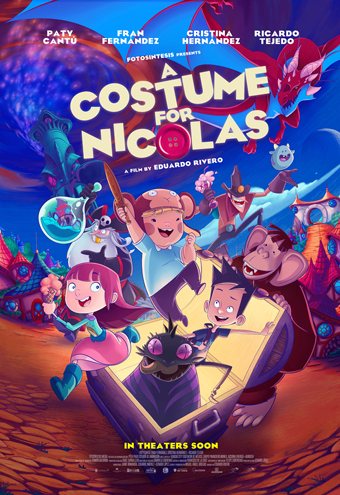 Critic Farah Mendlesohn introduced the term ‘portal fantasy’ in her 2008 book Rhetorics of Fantasy to describe stories in which a protagonist leaves their home and enters a new, larger, magical world. I’ve seen the term used often to refer to a specific subtype of these fantasies, in which a protagonist from conventional reality passes through a portal to a fictional realm and proceeds to quest about and have adventures. The rise of this more specific definition is not entirely surprising, given how common that kind of story is, perhaps especially with younger protagonists. Either sort of portal fantasy can present a character, confronted with a new and strange world, with an opportunity to grow and change. Or, instead, can be about reification of the character’s previous identity — a locking-in of who they are, after the success of a quest that aims to stop a bad change form occurring.
Critic Farah Mendlesohn introduced the term ‘portal fantasy’ in her 2008 book Rhetorics of Fantasy to describe stories in which a protagonist leaves their home and enters a new, larger, magical world. I’ve seen the term used often to refer to a specific subtype of these fantasies, in which a protagonist from conventional reality passes through a portal to a fictional realm and proceeds to quest about and have adventures. The rise of this more specific definition is not entirely surprising, given how common that kind of story is, perhaps especially with younger protagonists. Either sort of portal fantasy can present a character, confronted with a new and strange world, with an opportunity to grow and change. Or, instead, can be about reification of the character’s previous identity — a locking-in of who they are, after the success of a quest that aims to stop a bad change form occurring.
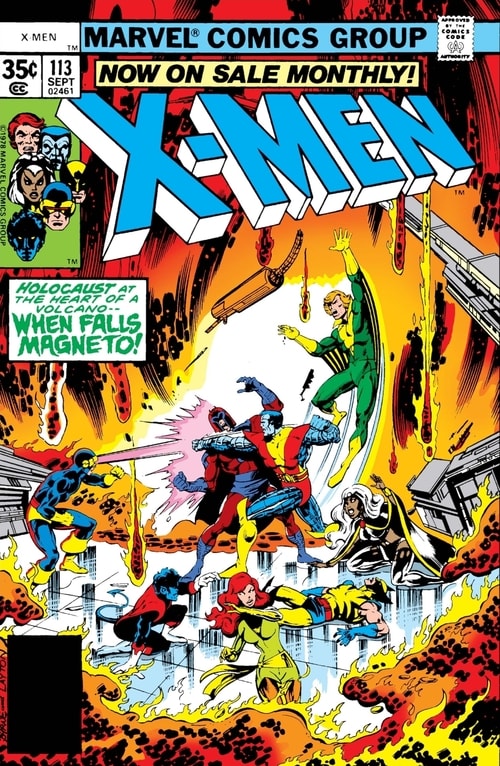
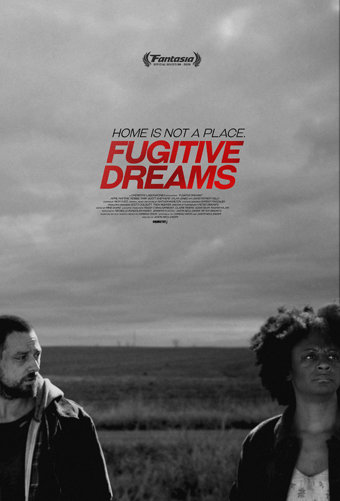 The Fantasia Film Festival usually runs around three weeks, but 2020 and its myriad of challenges meant this year’s festival lasted only two-thirds of that. Time moves fast, faster still during Fantasia, and so it came about that with a sudden shock I found myself in the final hours. I had three on-demand movies still to watch that I hadn’t gotten to, and only one on a fixed schedule, my first of the last day.
The Fantasia Film Festival usually runs around three weeks, but 2020 and its myriad of challenges meant this year’s festival lasted only two-thirds of that. Time moves fast, faster still during Fantasia, and so it came about that with a sudden shock I found myself in the final hours. I had three on-demand movies still to watch that I hadn’t gotten to, and only one on a fixed schedule, my first of the last day.